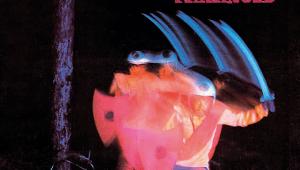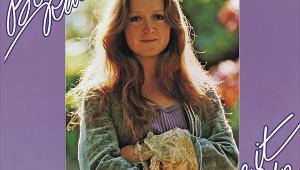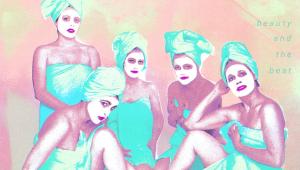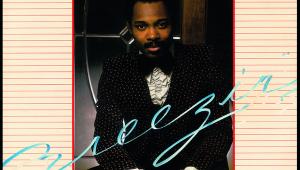Dr. Feelgood: Down By The Jetty Page 2
If Johnson's style was not actually unique it was both original and idiosyncratic, especially when accompanied by his careering around onstage, bug-eyed and gawping, while spinning back and forth as if trying to wrestle his guitar under control.
'None of this is ever contrived', Brilleaux told Mick Gold. 'Apart from a few words between us there's no communication about what we are going to do in our stage act.' Johnson added, 'The whole purpose is to create excitement and the first person you like to excite is yourself. That's why people like to dance to that sort of music'. 'We never went down badly. It was always, "This is the best thing I've ever seen"', The Big Figure told Roy Wilkinson in MOJO in 2009.
This stripped-back, terse, spiky take on rock 'n' roll revitalised the form and like the MC5 from the Motor City, or the blues from Chicago or the Mississippi Delta,
Dr. Feelgood flagged up Canvey Island as their place of origin. The music press loved that they hailed from this somewhat unfashionable and overlooked piece of reclaimed land on the Thames estuary with its oil refinery, and much was made of references to 'Oil City' and the fun, if geomorphologically inaccurate, 'Thames Delta' sound.
![]()
Johnson told MOJO that as they weren't black American musicians it was important their songwriting reflected their own identity. 'If we were going to have local colour it had to be the landscape that we knew', he explained. As a case in point their version of Mississippian blues man John Lee Hooker's 'Boom Boom', with Johnson on vocals, is one of the least convincing songs to be found on Down By The Jetty. Their take on Johnny Kidd & The Pirates' 'Oyeh' feels a better fit.
![]()
Even more effective is 'Roxette', which preceded the album, being released as a single in late 1974. It had started life as Johnson's attempt to sound like The Coasters but developed into an edgy rock song, with a near-mechanical four-note guitar riff. And 'She Does It Right' sounds both timeless and modern with its driving rhythm and jagged guitar lines.
Their image was also important. The besuited band looked like a bunch of scowling, crooked accountants or night club bouncers and a world away from the prevailing fashions of long hair and loon pants. And in an era when quadraphonic mixes of Tubular Bells and The Dark Side Of The Moon had been recently released, Down By The Jetty bucked such trends and was issued in mono, packaged in a no-nonsense monochrome sleeve – thought by some to be a nod to the cover of MC5's 1970 album Back In The USA. Julien Temple, who made the 2009 Oil City Confidential documentary about the group, claimed that they were 'effectively an attack on the complacent nature of music at time', but got completely carried away with the assertion that they were like 'something from Reservoir Dogs terrifying the hippies'.
![]()
Proto Punks?
In fact, many hippies took to the group precisely because they were so different and exciting, and had tapped back into the vital essence of rock 'n' roll. Their appeal was wide. Famous fans were said to include Princess Diana and David Cameron while Paul Weller, Richard Hell, and Blondie's Clem Burke all loved the band.
![]()
Lee Brilleaux invested money in the new wave record label Stiff Records, but while Dr. Feelgood achieved chart success and prepared the ground for punk, Sparko felt that punk effectively pushed them aside. But that depends on your perspective.
There are also stories of Burke playing Down By The Jetty at a party hosted by Blondie in New York City, before the first Ramones album was even recorded, and someone being heard to say, 'This is what the Ramones should sound like'. Which is quite a compliment...

















































